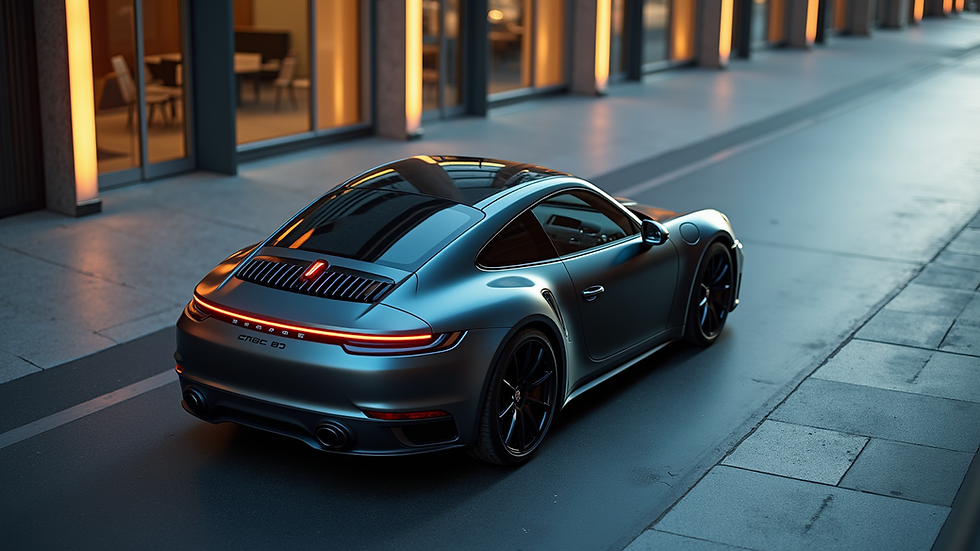A Comprehensive Guide to Different Grades and Types of Car Window Tinting
- Justin Kirscht

- Sep 24
- 3 min read
Car window tinting is not just about aesthetics; it offers essential benefits such as UV protection, heat reduction, and increased privacy. With so many options, knowing the different grades and types of car window tinting can help you make the best choice for your vehicle. This guide will break down the various grades and types of window tint, their advantages, and key considerations for choosing the right one.
Understanding Window Tint Grades
Window tints come in different grades, which vary by material, performance, and legality. The most common grades include:
1. Dyed Window Tint
Dyed window tint is one of the most affordable options on the market. It consists of a colored dye sandwiched between adhesive and a protective outer layer. This type mainly serves aesthetic purposes, enhancing the look of your car.
Pros:
Cost-effective, with prices ranging from $100 to $300 for most vehicles.
Available in a wide variety of shades.
Reduces glare for better driving visibility.
Cons:
Provides limited heat rejection; typically around 40% to 50%.
May fade over time, especially under intense sunlight.

2. Metalized Window Tint
Metalized window tint includes microscopic metallic particles that reflect both heat and UV rays. This makes it more durable than dyed tint and significantly improves heat rejection.
Pros:
Exceptional heat and UV protection, rejecting up to 70% of solar energy.
Increased durability can extend the lifespan to about 10 years.
Effectively reduces glare while driving.
Cons:
Can interfere with signals for GPS and cell phones.
Typically costs between $200 and $500 for installation.
3. Ceramic Window Tint
Ceramic window tint is a premium choice that uses advanced ceramic particles to block heat and UV rays without compromising visibility. Known for its high performance, this tint offers long-lasting benefits.
Pros:
Provides superior heat and UV rejection, up to 99%.
Does not fade over time, ensuring lasting quality.
Maintains visibility, making it safer for driving.
Cons:
Higher initial cost; average installation ranges from $400 to $800.
Installation may require professional expertise for the best results.

Types of Window Tinting
Beyond grades, window tints can also be categorized by their type. Here are the most common options:
1. Factory Tint
Factory tint is applied during manufacturing and is often found on the rear windows of many vehicles. Typically, this is a dyed film that offers limited UV protection.
Pros:
Cost-effective since it comes included with the vehicle.
Uniform appearance aligns with the car’s design.
Cons:
Limited heat rejection, often less than 30%.
May not meet individual preferences for darkening.
2. Aftermarket Tint
Aftermarket tint is installed on your vehicle after purchase, allowing for customization. It comes in various grades, including dyed, metalized, and ceramic, catering to different needs.
Pros:
A wide range of options available to suit personal preferences.
Easily tailored to fit different windows and styles.
Cons:
Installation costs can vary based on the provider.
Quality may heavily depend on the installer’s skill.
3. Clear Window Film
Clear window film is transparent and offers UV protection while keeping the original appearance of your vehicle. It's great for those who want to protect their interiors without changing the look.
Pros:
Maintains the original look of the vehicle.
Provides excellent UV protection, blocking up to 99%.
Cons:
Limited heat rejection compared to darker options.
Offers no added privacy since it remains clear.

Factors to Consider When Choosing Window Tint
To find the best window tint for your vehicle, keep these factors in mind:
1. Local Laws and Regulations
Before applying any tint, check your local regulations regarding tint darkness and reflectivity. Each state has different laws, and not adhering to them can lead to fines or even removal of the tint.
2. Purpose of Tinting
Identify your main goal for tinting. Whether it's reducing heat, blocking harmful UV rays, or increasing privacy, understanding your main motivation will guide your selection.
3. Budget
Tinting options vary widely in price. Establish a budget beforehand to ensure you find a suitable tint that meets your needs without overspending. Basic dyed options cost around $100, while top-tier ceramic may run $800 or more.
4. Professional Installation
While you can find DIY kits, professional installation often yields superior results. A skilled installer can minimize the risk of flaws like bubbles or peeling, ensuring a polished finish that looks great.
Final Thoughts for Better Driving Experience
Selecting the right car window tint involves understanding various grades and types, from dyed to ceramic options. Each has distinct benefits and drawbacks. Considering factors like local laws, your main reason for tinting, and your budget will help you make an informed choice. Proper window tint can greatly enhance your vehicle’s comfort, style, and overall driving experience, allowing you to enjoy the road ahead more fully.



Comments